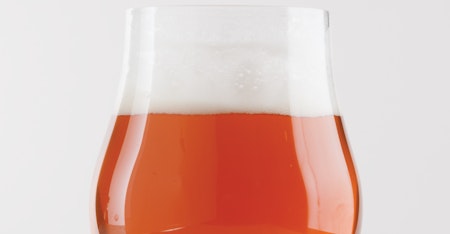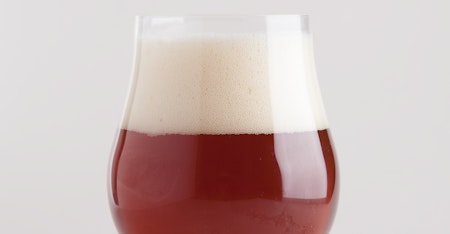Brewers use any number of spices to evoke warm feelings of fall in their pumpkin beers. Here are a few of the more popular spices used, along with the common flavors they impart.
Cinnamon
Cinnamon is the dried bark of various trees in the genus Cinnamomum. It has a sweet, spicy, woody fragrance. In commercial pumpkin-pie spice blends, cinnamon comprises almost half of the blend, so cinnamon is essential if you want that pumpkin-pie taste in your pumpkin beer. Cassia cinnamon is the “grocery-store” variety and tastes stronger and hotter than Ceylon cinnamon (Cinnamomum verum), which is sold in gourmet stores. Ceylon cinnamon is lighter in color and has a lighter, brighter fragrance. Brewers seem to be divided on whether cassia or Ceylon cinnamon is better in pumpkin beers.
Ginger
Ginger is the rhizome of a perennial in the Zingiberaceae family. In _Savoring Spices and Herbs, _Chef Julie Sahni describes ginger’s flavor as spicy camphoric and its aroma as peppery, reminiscent of cloves and lemon, cedar and mint. Fresh ginger has a stronger flavor than ground ginger. Like cinnamon, ginger can enhance both savory and sweet dishes. In commercial pumpkin-pie spice blends, ginger comprises 25–30 percent of the blend.
Nutmeg
Nutmeg is the oval-shaped fruit pit of an evergreen tree in the genus _Myristica _that is native to the Moluccas—the Spice Islands. The most important commercial species is _Myristica fragrans. _Nutmeg has a strong nutty, slightly sweet flavor that, like cinnamon and ginger, enhances both sweet and savory dishes. Whole nutmeg nuts store well and can be grated as needed. In commercial pumpkin-pie spice blends, nutmeg comprises 7–10 percent of the blend.
Mace
While nutmeg is the pit of the fruit of the _Myristica fragrans _tree, mace is the dried reddish webbing that surrounds the pit. Mace’s flavor is more pungent and spicier than nutmeg’s. Some find it similar to a combination of cinnamon and pepper. Mace lacks nutmeg’s sweetness. In baking, nutmeg and mace have similar uses but are seldom used together: Commercial pumpkin-pie spice blends seem to be the exception. Like nutmeg, mace comprises 7–10 percent of the blend. In brewing, experiment to see whether you prefer one more than the other.
Allspice
Despite its name, allspice isn’t a blend of spices. It is the dried unripe fruit of the tree Pimenta dioica, which is native to southern Mexico, Central America, and the Greater Antilles. Its name arises from the fact that many people think its warm sweet flavor tastes like a blend of cinnamon, cloves, and nutmeg. In commercial pumpkin-pie spice blends, allspice comprises 7–10 percent of the blend.
Cloves
Cloves are the dried unopened flower buds of a tree in the Myrtaceae family. Their flavor is warm, sweet, and intense. They can bring out and round off fruity flavors (remember, pumpkin is a fruit). But a little goes a long way. Eugenol, one of a broad class of phenolic compounds, makes up most of the taste of cloves. Too many cloves in the brew, and you could have what a lot of judges would find to be an off-flavor. In commercial pumpkin-pie spice blends, cloves comprise 5–7 percent of the blend.








